Discover the Mystical Beauty of Prince Yongs Lamasery: A Hidden Gem in China
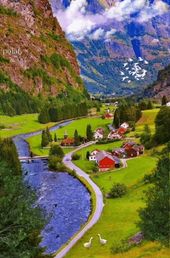
An Essential Guide to Visiting Prince_Yongs_Lamasery
Nestled in the heart of Beijing, Prince Yong’s Lamasery, or Yonghe Temple, stands as a serene oasis amidst the bustling city. This exquisite Tibetan Buddhist temple boasts a rich history and intricate architecture, making it a must-visit for anyone seeking a glimpse into China’s spiritual heritage. Originally constructed as a royal residence for Emperor Yongzheng’s son in the late 17th century, the lamasery transformed into a vibrant sanctuary of prayer and tranquility by the mid-18th century.
As you step through the majestic gates adorned with vibrant colors and traditional motifs, you will immediately feel the calming atmosphere envelop you. The temple complex is not only a place of worship but also a treasure trove of artistic masterpieces, including the impressive 18-meter tall statue of Maitreya Buddha carved from fragrant sandalwood, and the intricately detailed wooden sculptures that narrate tales of Buddhist teachings.
Visitors flock here not just for the spiritual experience but also to witness the harmonious blend of Han, Tibetan, and Mongolian architectural styles. The lamasery’s peaceful gardens and meticulously maintained courtyards provide the perfect backdrop for reflection, meditation, or simply soaking in the ambiance of this sacred space.
Whether you’re a history enthusiast, a spiritual seeker, or simply someone looking to explore Beijing’s cultural gems, Prince Yong’s Lamasery promises an unforgettable journey. Prepare to immerse yourself in the serene beauty and profound traditions of this enchanting temple, where every corner reveals a story waiting to be discovered.
In This Guide
- An Essential Guide to Visiting Prince_Yongs_Lamasery
- The Rich History and Legends of Prince_Yongs_Lamasery
- Main Highlights: What You Absolutely Can’t Miss
- Planning Your Visit: A Practical Guide
- Tickets: Prices, Booking, and Tips
- How to Get There: A Complete Transportation Guide
- Local Cuisine and Accommodation Nearby
- Frequently Asked Questions
- Final Thoughts on Your Trip
The Rich History and Legends of Prince_Yongs_Lamasery
Nestled in the heart of Beijing, Prince Yong’s Lamasery, also known as Yonghe Temple (雍和宫), holds a rich tapestry of history that intertwines with the cultural evolution of China. Originally constructed in 1694 during the reign of Emperor Kangxi, this majestic structure served as the residence for his fourth son, Yin Zhen, who later ascended the throne as Emperor Yongzheng. The lamasery’s historical significance began to unfold with its transformation in 1725 into a palace for the emperor, and subsequently, in 1744, it was designated as a prominent Tibetan Buddhist temple.
Architectural Marvel
The Lamasery is an architectural wonder that spans approximately 66,400 square meters. It is characterized by its harmonious blend of Han, Manchu, Mongolian, and Tibetan styles, a reflection of the diverse cultures that have influenced its design. The temple complex consists of a series of courtyards and halls, meticulously arranged along a central axis, showcasing vibrant colors and intricate carvings that speak to its imperial past.
One of the most striking features of Prince Yong’s Lamasery is the Hall of Eternal Happiness, which houses an impressive 18-meter high statue of Maitreya Buddha, carved from a single piece of sandalwood. This breathtaking figure is a testament to the craftsmanship of the artisans of the time and serves as the temple’s centerpiece, drawing countless visitors who seek blessings and inspiration.
A Spiritual Sanctuary
Throughout its history, the Lamasery has been revered as a site of spiritual significance. The temple is known for its role in the dissemination of Tibetan Buddhism in China, particularly the Gelug school, founded by Tsongkhapa. It has also been a pilgrimage site for devotees, who come to light incense and offer prayers, believing that the temple possesses extraordinary powers to grant wishes and provide guidance.
The temple’s serene atmosphere is palpable as visitors navigate through its sacred halls, each adorned with colorful prayer flags and statues of revered Buddhist figures. The rituals practiced within these walls echo centuries of tradition, inviting travelers to partake in an experience that transcends the ordinary.
Legends and Lore
Legends abound about Prince Yong’s Lamasery, enhancing its allure. One popular tale tells of a traveler who, after making a heartfelt wish in the temple, experienced a series of fortuitous events leading to the fulfillment of their desires. Such stories are common among the faithful, who attribute their fortunes to the divine intervention sought within the temple’s confines.
Another legend speaks of the temple being a refuge during periods of turmoil in Chinese history, where monks provided solace and wisdom to those in need. This tradition of compassion and spiritual guidance continues today, as the Lamasery remains a beacon of hope and tranquility amidst the hustle of modern Beijing.
Conclusion
Prince Yong’s Lamasery is not merely an architectural masterpiece; it is a repository of history, spirituality, and legend. As you explore its sacred halls, you are invited to connect not only with the past but also with the present, experiencing the profound serenity that this remarkable temple offers. For international travelers, a visit to Yonghe Temple is a chance to step into a world where history breathes and spirituality thrives, making it a must-see destination in the heart of Beijing.
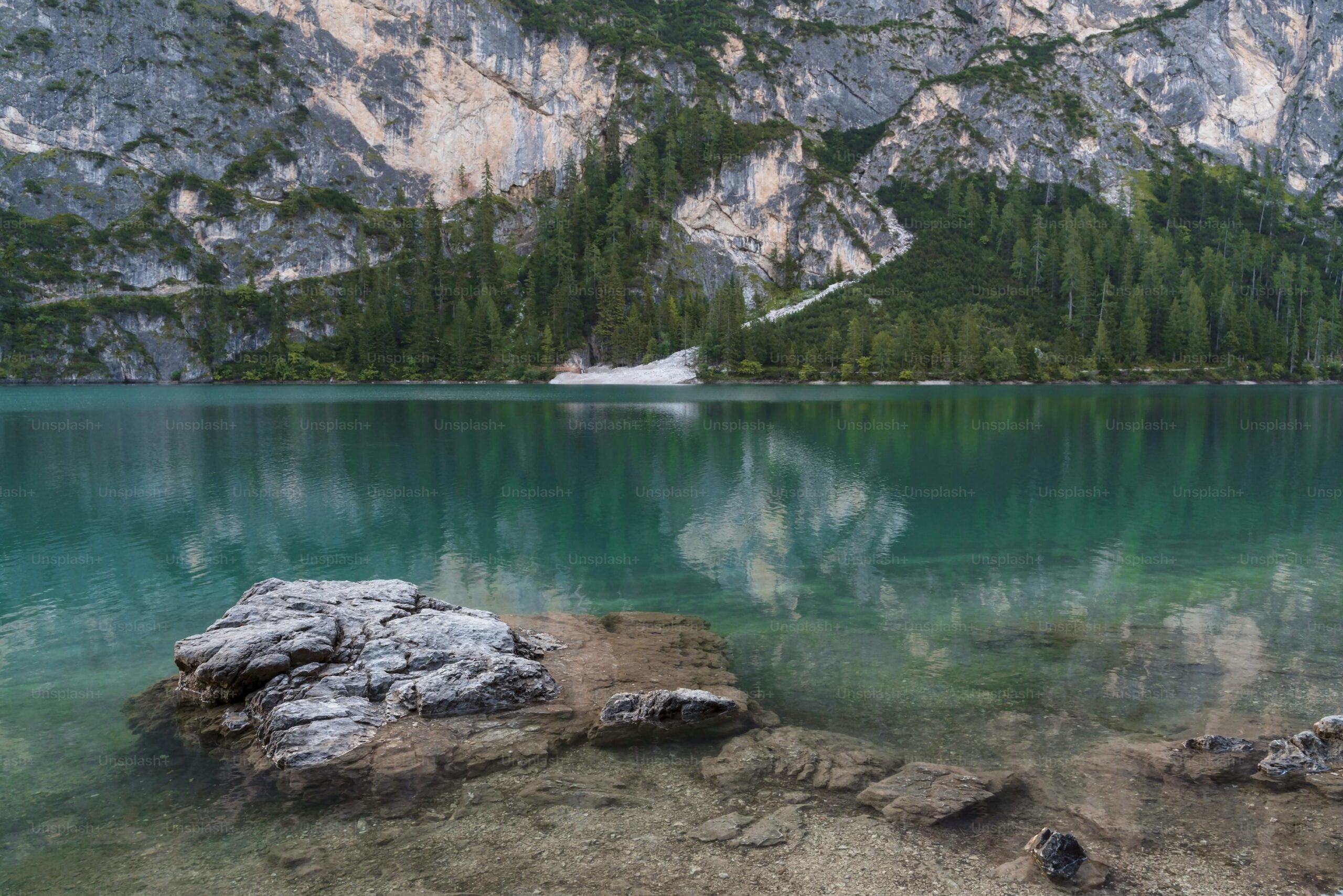
Prince_Yongs_Lamasery.
Main Highlights: What You Absolutely Can’t Miss
Visiting Prince Yong’s Lamasery, or Yonghe Temple, is a journey through history, spirituality, and exquisite architecture. This iconic site, one of the largest Tibetan Buddhist temples in Beijing, offers a rich tapestry of cultural experiences and historical significance that no traveler should miss. Here are the must-see highlights that will enrich your visit:
1. Zhaotai Gate (昭泰门)
As the first gate you’ll encounter, Zhaotai Gate sets the tone for your spiritual journey. Flanked by impressive stone lions, this entrance leads you into the serene world of the temple. It’s a great spot to pause, take a deep breath, and prepare for the awe-inspiring sights that await.
2. Yonghe Gate (雍和门)
Passing through Yonghe Gate, you’ll enter the main courtyard where the Four Heavenly Kings statues stand guard. Their formidable presence makes for a striking photo opportunity, so don’t forget to capture this moment.
3. Yonghe Palace (雍和宫殿)
This is the heart of the temple complex, housing the Three Buddha Statues: Shakyamuni, Maitreya, and the Light Lamp Buddha. The atmosphere here is imbued with a sense of reverence, amplified by the swirling incense smoke. Many visitors come to make wishes here, as it’s believed to be a place of great spiritual power.
4. Yongyou Hall (永佑殿)
Dedicated to the Amitabha Buddha, this hall is a popular prayer spot for those seeking health and safety. Be sure to walk clockwise around the hall while offering prayers, as tradition suggests this enhances your request.
5. Law Wheel Hall (法轮殿)
Known for its unique architectural style, the Law Wheel Hall features a giant statue of Master Tsongkhapa, the founder of the Gelug school of Tibetan Buddhism. This hall also contains a wealth of Buddhist scriptures, making it a cultural treasure trove.
6. Ten Thousand Fortunes Pavilion (万福阁)
This striking structure is a highlight of the temple with its towering height of over 30 meters. Inside, you’ll find an 18-meter high statue of Maitreya Buddha carved from fragrant sandalwood. Standing before this monumental figure is a humbling experience, providing a sense of tranquility and perspective.
7. Buddhist Incense Offering
Upon entering the temple, visitors can receive free incense sticks, which are offered at various altars. Follow the proper etiquette: hold the incense above your head with both hands, bow to the four cardinal directions, and place it in the incense burner to symbolize your prayers.
8. Cultural Artifacts
As you wander the temple, take note of the intricate wood carvings and artifacts that reflect the rich history of Tibetan Buddhism and its integration into Chinese culture. Don’t miss the 500 Arhat statues, a stunning display of craftsmanship.
9. Surrounding Shops and Eateries
After exploring the temple, indulge in the local cuisine. Nearby, you can find famous vegetarian noodles at Yonghe Temple Noodle House or visit Jingzhaotian, a high-end vegetarian restaurant, perfect for a relaxing meal after a day of exploration.
10. Shopping for Souvenirs
The temple complex features numerous shops selling unique cultural products, including Buddhist charms, prayer beads, and incense. These make for meaningful souvenirs to remember your visit.
Practical Tips
- Opening Hours: Open daily from 9 AM to 5 PM (4:30 PM last entry).
- Admission Fee: 25 RMB (approximately $4).
- Getting There: Easily accessible via the subway (Lines 2 and 5, Yonghe Temple Station).
- Duration of Visit: Allocate at least 2-3 hours to fully experience the site.
Immerse yourself in the tranquility and beauty of Prince Yong’s Lamasery. With its profound spiritual significance and stunning artistry, this is a destination that promises to leave a lasting impression.
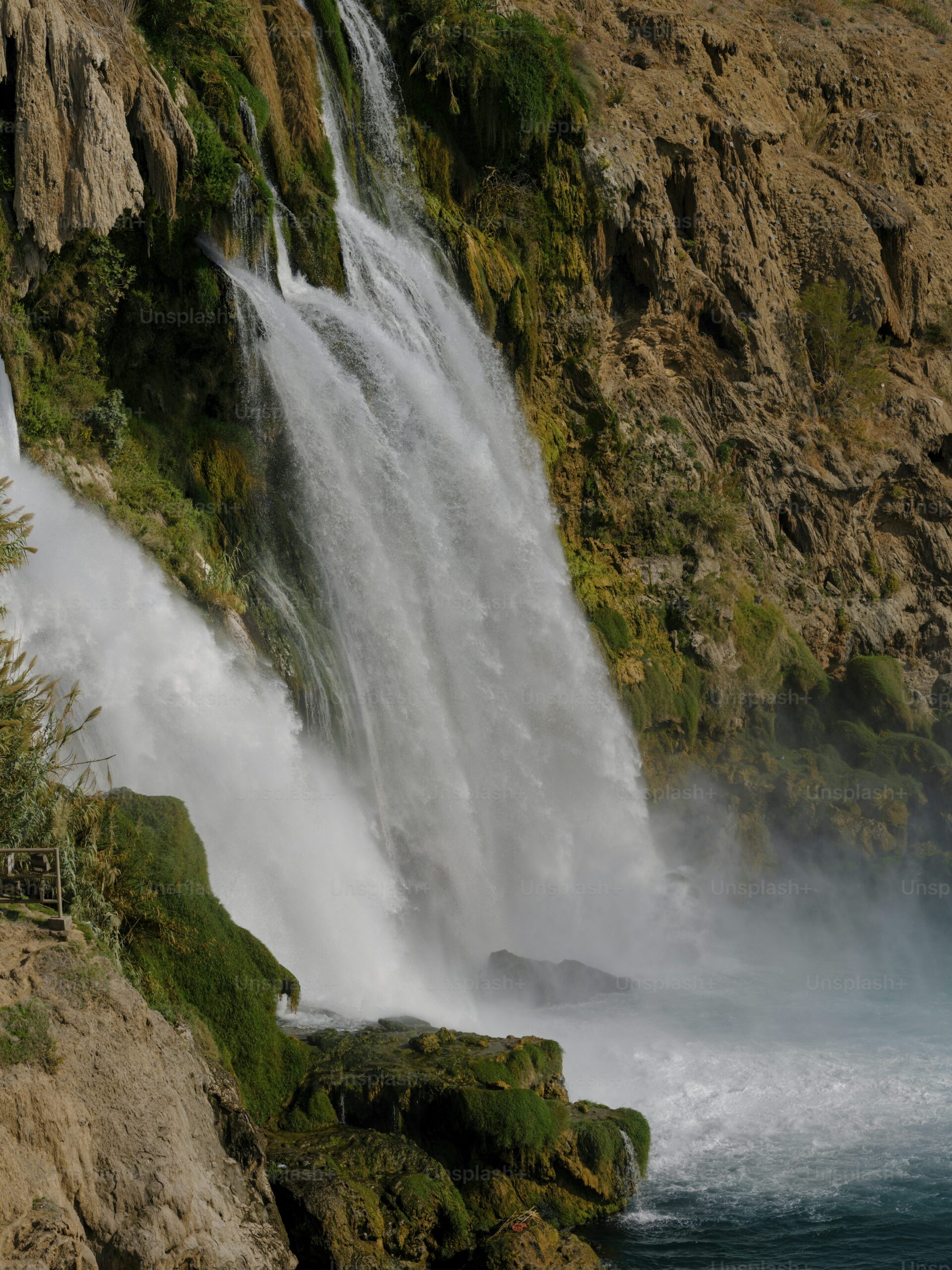
Prince_Yongs_Lamasery.
Planning Your Visit: A Practical Guide
When planning your visit to the illustrious Prince Yong’s Lamasery (雍和宫), also known as the Yonghe Temple, it’s essential to prepare for an unforgettable journey steeped in history and spirituality. This practical guide will help you navigate your visit smoothly, ensuring you make the most of this iconic landmark in Beijing.
Getting There
Address
Prince Yong’s Lamasery is located at 12 Yonghegong Street, Dongcheng District, Beijing, China.
Transportation Options
-
Metro: The easiest way to reach the temple is via the Beijing Subway. Take Line 2 or Line 5 and disembark at Yonghe Gong Station (雍和宫站). From Exit F or G, you will find the entrance to the temple just a short walk away.
-
Bus: Several bus routes stop near the temple. Lines 13, 84, 116, and 117 will take you to Yonghe Gong Station. Alternatively, the 684 bus stops at Guozijian Station, which is also close by.
-
Taxi and Rideshare: While taxis are available, they can be hard to find in this busy area. Using rideshare apps is often more convenient, but be mindful of possible traffic congestion.
Operating Hours
- Summer and Autumn (April 1 – October 31): Open from 9:00 AM to 5:00 PM (last admission at 4:30 PM).
- Winter and Spring (November 1 – March 31): Open from 9:00 AM to 4:30 PM (last admission at 4:00 PM).
Admission Fees
The entrance ticket costs 25 RMB. You can purchase tickets on-site, but during peak seasons, it’s advisable to reserve in advance through the official WeChat account or your preferred travel app to avoid long queues.
Suggested Duration
Plan to spend 3 to 4 hours exploring the temple complex. This time allows for a leisurely stroll through the serene halls and ample opportunity for reflection and prayer.
What to Expect
Upon entering Yonghe Temple, you will be greeted by a visually stunning display of architecture blending Han, Manchu, Mongolian, and Tibetan styles. Here are some highlights to explore:
- Zhaotai Gate: The first gate you enter, adorned with stone lions, sets the tone for your spiritual journey.
- Yonghe Palace: Home to magnificent statues, including the revered statues of the Three Buddhas.
- Wanfuge (Ten Thousand Fortune Pavilion): This iconic structure houses an impressive 18-meter tall Maitreya Buddha statue carved from sandalwood.
- Law Wheel Hall: A place of deep cultural significance, featuring a striking statue of Tsongkhapa, the founder of the Gelug school of Tibetan Buddhism.
Rituals and Etiquette
- Incense Offerings: Free incense sticks are available at the entrance. When offering incense, hold it above your head with both hands and bow respectfully.
- Respectful Behavior: Maintain a quiet demeanor, refrain from loud conversations, and avoid touching any statues or religious items.
- Dress Code: Wear modest clothing. Avoid shorts, skirts, and flip-flops to respect the sacred atmosphere.
Nearby Attractions and Dining
After your visit, consider exploring nearby attractions such as the Confucius Temple and Guozijian (Imperial Academy). For lunch, indulge in some local cuisine at Jingzhuang Restaurant located within walking distance, known for its delicious vegetarian noodles.
Final Tips
- Plan Ahead: Check weather conditions and be prepared for varying temperatures, especially in winter.
- Stay Hydrated: Bring water, as you may need it while exploring the expansive temple grounds.
- Visit Off-Peak: If possible, try to visit on weekdays or during non-holiday periods to enjoy a more tranquil experience.
By following this guide, you will be well-equipped to enjoy a rewarding visit to Prince Yong’s Lamasery, absorbing its historical and spiritual significance while contributing to your own travel memories. Enjoy your journey into the heart of Beijing’s rich cultural tapestry!
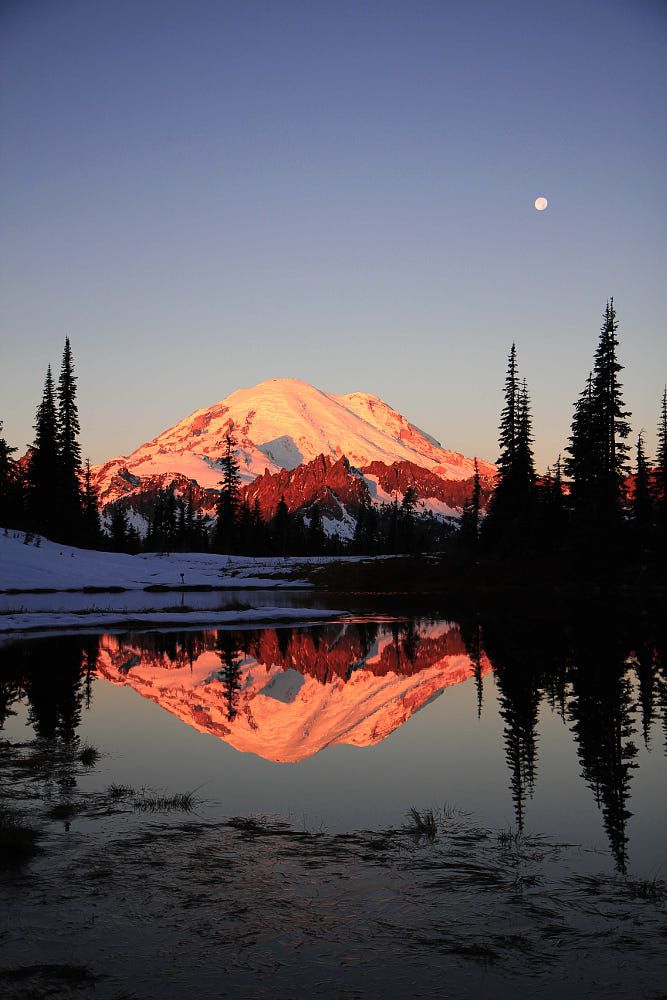
Prince_Yongs_Lamasery.
Tickets: Prices, Booking, and Tips
Visiting Prince Yong’s Lamasery (雍和宫) in Beijing is an enriching experience steeped in history and spirituality. To make your journey smooth and enjoyable, here’s everything you need to know about tickets, booking, and handy tips for your visit.
Ticket Information
- Admission Fee: The ticket price is 25 RMB (approximately $4 USD). There are half-price tickets available for eligible visitors (12.5 RMB).
- Booking Options: You can purchase tickets on-site; however, during peak seasons, long queues are common. To save time, it’s advisable to book in advance through the official WeChat account for Yonghe Temple or other online platforms.
Opening Hours
- Summer/Fall (April 1 – October 31): Open from 9:00 AM to 5:00 PM (last entry at 4:30 PM).
- Winter/Spring (November 1 – March 31): Open from 9:00 AM to 4:30 PM (last entry at 4:00 PM).
Getting There
- Subway: The easiest way to reach Yonghe Lamasery is via the Beijing Subway. Take Line 2 or Line 5 and alight at Yonghe Gong Station. Use Exit F or G, and you’ll find yourself just steps away from the entrance.
- Bus: Several bus routes also service the area, including routes 13, 84, 116, and 117.
Tips for a Smooth Visit
- Plan Ahead: It’s best to allocate 3 to 4 hours for your visit to explore the temple’s various halls and gardens at a leisurely pace.
- Dress Appropriately: As a place of worship, visitors are encouraged to dress modestly. Avoid wearing shorts or flip-flops.
- Respect the Rituals: When participating in incense offerings, follow the proper etiquette. Hold the incense with both hands above your head and bow toward the cardinal directions as a sign of respect.
- Stay Hydrated: Bring water, as food and drink options nearby may be limited. You might also want to pack some snacks for energy, especially if you plan to explore other nearby attractions afterward.
- Consider a Guided Tour: If you’re unfamiliar with Tibetan Buddhism, consider hiring a guide or joining a tour to enrich your understanding of the temple’s significance and history.
Nearby Attractions
After visiting the Lamasery, you might want to explore the surrounding area, which includes historical sites like the Confucius Temple and the Guozijian (Imperial College). These spots are within walking distance and will give you a deeper insight into Beijing’s rich cultural heritage.
By planning ahead and following these tips, your visit to Prince Yong’s Lamasery is sure to be a memorable and fulfilling experience. Enjoy your journey through this beautiful sanctuary!
How to Get There: A Complete Transportation Guide
Reaching Prince Yongs Lamasery (Yonghe Temple) in Beijing is quite straightforward, thanks to the city’s extensive public transportation network. Here’s how you can navigate your way to this magnificent site:
By Subway
The most efficient way to get to Yonghe Temple is via the Beijing Subway. You can take either Line 2 or Line 5:
- Line 2: Take the train to Yonghe Temple Station (雍和宫站). Once you arrive, exit through Gate F or Gate G, and you will find yourself right at the entrance of the temple.
- Line 5: Similarly, alight at Yonghe Temple Station and use the same exits for a direct route to the temple.
By Bus
If you prefer to travel by bus, several lines serve the Yonghe Temple area:
- Bus routes 13, 84, 116, 117, and Night Bus 6 all stop at Yonghe Temple Station. After disembarking, it’s a short walk of around 150 meters to the temple entrance.
- You can also take the 684 bus to Guozijian Station, which is another nearby stop from where you can easily reach the temple on foot.
By Taxi or Ride-Hailing Service
For those who opt for convenience, taxis and ride-hailing services like Didi are widely available throughout Beijing. Simply provide the driver with the address:
12 Yonghe Gong Dajie, Dongcheng District, Beijing (北京市东城区雍和宫大街12号).
Keep in mind that traffic can be heavy, especially during peak hours, so plan accordingly.
By Bicycle
If you enjoy cycling, renting a bike is a fantastic way to explore the city. There are bike-sharing services available, and you can cycle to the temple. The surrounding areas are bike-friendly, making it an enjoyable ride.
Parking Information
If you are driving, note that parking near Yonghe Temple can be challenging due to the busy nature of the area. It is advisable to use nearby parking facilities and then walk to the temple.
Important Tips
- Tickets: The entrance fee to Yonghe Temple is 25 yuan. It’s recommended to purchase tickets in advance via the official WeChat account to avoid long queues, especially during peak tourist seasons.
- Best Time to Visit: Try to visit during weekdays or off-peak hours to enjoy a more tranquil experience.
- Plan Your Route: Familiarize yourself with the subway and bus routes ahead of time. Apps like Baidu Maps and Didi can be helpful for navigation.
With these transportation options at your fingertips, you’re well-equipped to embark on your journey to the serene and culturally rich Yonghe Temple, where history and spirituality intertwine beautifully. Enjoy your visit!

Prince_Yongs_Lamasery.
Local Cuisine and Accommodation Nearby
When you visit the enchanting Yonghe Temple (雍和宫), also known as the Prince Yong’s Lamasery, you’ll find that the surrounding area is rich with delightful culinary options and cozy accommodations. After immersing yourself in the tranquil atmosphere of the temple, treat your taste buds to some authentic Beijing cuisine and find a comfortable place to rest.
Local Cuisine
-
Yonghe Temple Vegetarian Noodles
Located just a stone’s throw away from the temple, this eatery is famous for its delicious vegetarian noodles. The noodles are known for their fresh ingredients and rich broth, making it a perfect spot to refuel after a spiritual visit. Many travelers recommend stopping here for a comforting bowl right after your temple experience. -
Jing Zhao Yin (京兆尹)
For those looking to indulge in a more refined dining experience, Jing Zhao Yin is an upscale vegetarian restaurant that offers a sophisticated menu in an elegant setting. The dishes here are not only beautifully presented but also crafted with high-quality ingredients. Although slightly pricier, the experience is well worth it for food enthusiasts seeking a memorable meal. -
Beijing Snacks Stalls
The area surrounding Yonghe Temple is also dotted with various street food stalls offering traditional Beijing snacks like jianbing (savory pancakes), baozi (steamed buns), and tanghulu (candied fruit). These quick bites are perfect for travelers looking to sample local flavors on the go.
Accommodation Nearby
-
DoubleTree by Hilton Beijing
Just a short distance from Yonghe Temple, the DoubleTree by Hilton offers modern amenities and comfortable rooms, making it a great choice for international travelers. Guests can enjoy a complimentary warm cookie upon arrival and take advantage of the hotel’s fitness center and dining options. -
Beijing Traditional View Hotel
This hotel is a charming blend of traditional Chinese architecture and modern comforts. Located within a reasonable walking distance from the temple, it provides a cozy atmosphere with friendly service. The hotel’s courtyard is a lovely spot to unwind after a day of exploration. -
Hanting Express Beijing Yonghe Temple
For budget-conscious travelers, Hanting Express offers comfortable and clean rooms at an affordable rate. Its proximity to the temple makes it a convenient base for exploring not just Yonghe Temple but other nearby attractions as well. -
The Emperor Beijing Qianmen
If you’re looking for a luxurious stay, The Emperor Beijing Qianmen is a boutique hotel that combines classic elegance with modern design. Although it’s a bit farther from the temple, its exquisite amenities and top-notch service are sure to enhance your Beijing experience.
As you plan your visit to Yonghe Temple, consider these culinary delights and accommodation options to enhance your journey through Beijing’s rich cultural landscape. Whether you’re indulging in local flavors or resting in comfort, you’re sure to create unforgettable memories during your stay.
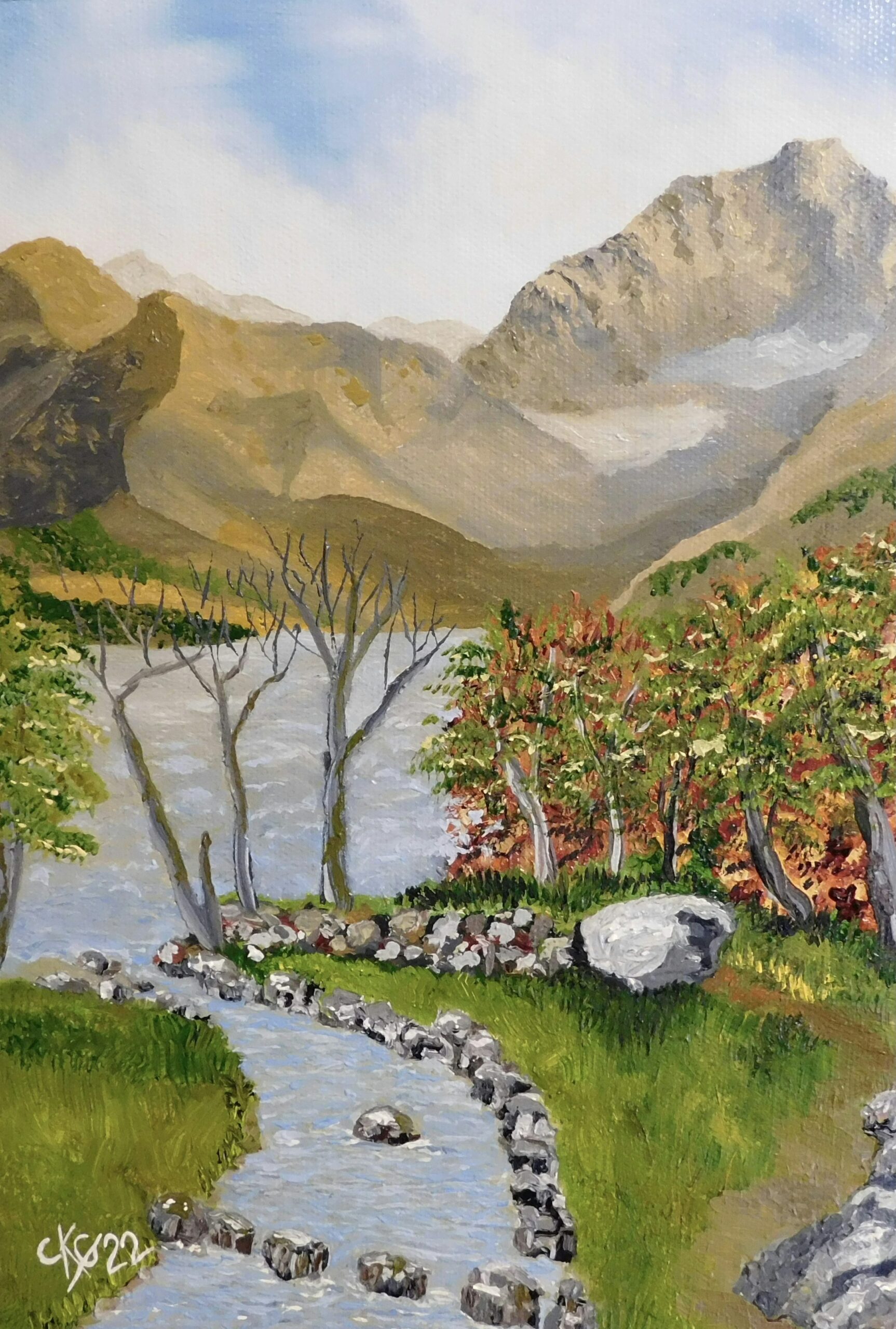
Prince_Yongs_Lamasery.
Frequently Asked Questions
-
What are the opening hours for Prince Yong’s Lamasery?
The temple is open year-round. From April 1 to October 31, it welcomes visitors from 9:00 AM to 5:00 PM, with the last entry at 4:30 PM. During the winter months, from November 1 to March 31, the hours are slightly shorter, from 9:00 AM to 4:30 PM, with the last entry at 4:00 PM. -
How much does it cost to enter the Lamasery?
The entrance fee is 25 yuan (approximately $4). There are discounted tickets available for half price, and it’s advisable to book in advance, especially during peak seasons. -
How do I get to Prince Yong’s Lamasery using public transportation?
You can easily reach the temple via the Beijing subway. Take Line 2 or Line 5 and get off at Yonghe Gong Station. Upon exiting, follow the signs, and the Lamasery is just a short walk away. Several bus lines also service the area. -
Is there a recommended time to visit?
To fully appreciate the beauty and tranquility of the Lamasery, plan to spend around 3 to 4 hours exploring. Early mornings or late afternoons tend to be less crowded, allowing for a more peaceful experience. -
What should I wear when visiting the temple?
Visitors are encouraged to dress modestly and respectfully. Avoid wearing shorts, short skirts, or flip-flops. Comfortable shoes are recommended, as you may be walking on uneven surfaces. -
Are there any specific customs or etiquette I should follow while visiting?
Yes, when engaging in rituals such as lighting incense, hold the incense with both hands above your head and bow to express respect. It’s also important to maintain a quiet demeanor and avoid touching any religious artifacts unless explicitly allowed. -
Can I take photographs inside the Lamasery?
Photography is generally permitted in the outer areas of the temple. However, be mindful of signs indicating restrictions, especially in sacred areas where photography may not be allowed. Always ask for permission if unsure. -
Are there any nearby attractions I should check out after visiting Prince Yong’s Lamasery?
After exploring the Lamasery, consider visiting the nearby Confucius Temple and Guozijian (Imperial College) for a deeper insight into Chinese culture and history. The bustling Nanluoguxiang Hutong is also just a short distance away, perfect for shopping and trying local snacks!
Final Thoughts on Your Trip
As your journey to the Prince Yong’s Lamasery comes to a close, take a moment to reflect on the serene beauty and profound history that envelops this sacred space. Nestled in the heart of Beijing, Yonghe Temple offers not just a glimpse into the rich tapestry of Chinese culture and Buddhism, but also a tranquil escape from the bustling city outside.
Wandering through its ornate halls and vibrant courtyards, you may have felt a sense of peace and connection, perhaps even a flicker of inspiration sparked by the majestic statues and the soft scent of incense. Whether you came seeking spiritual solace, a deeper understanding of Buddhism, or simply to appreciate the stunning architecture, Yonghe Temple has a way of leaving an indelible mark on your heart.
As you step back into the vibrant streets of Beijing, carry with you the calmness of this sacred site. Allow the wisdom of its history and the warmth of its community to inspire your travels ahead. May your experiences at the Lamasery guide you towards new adventures, rich connections, and a deeper appreciation for the beauty that exists in both the world around you and within yourself. Safe travels, and may your journey be filled with joy and discovery.